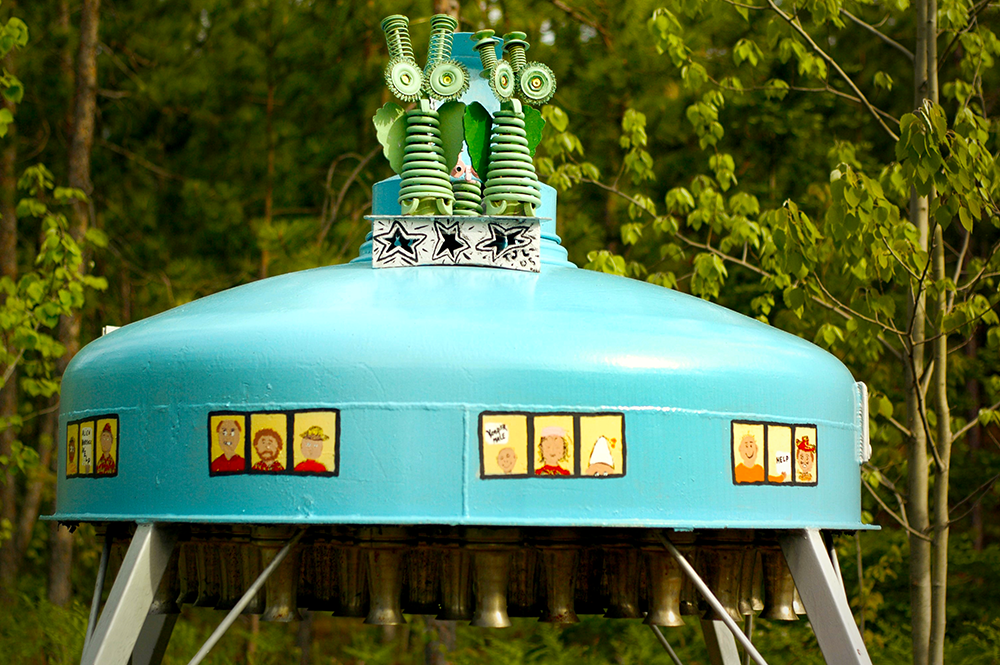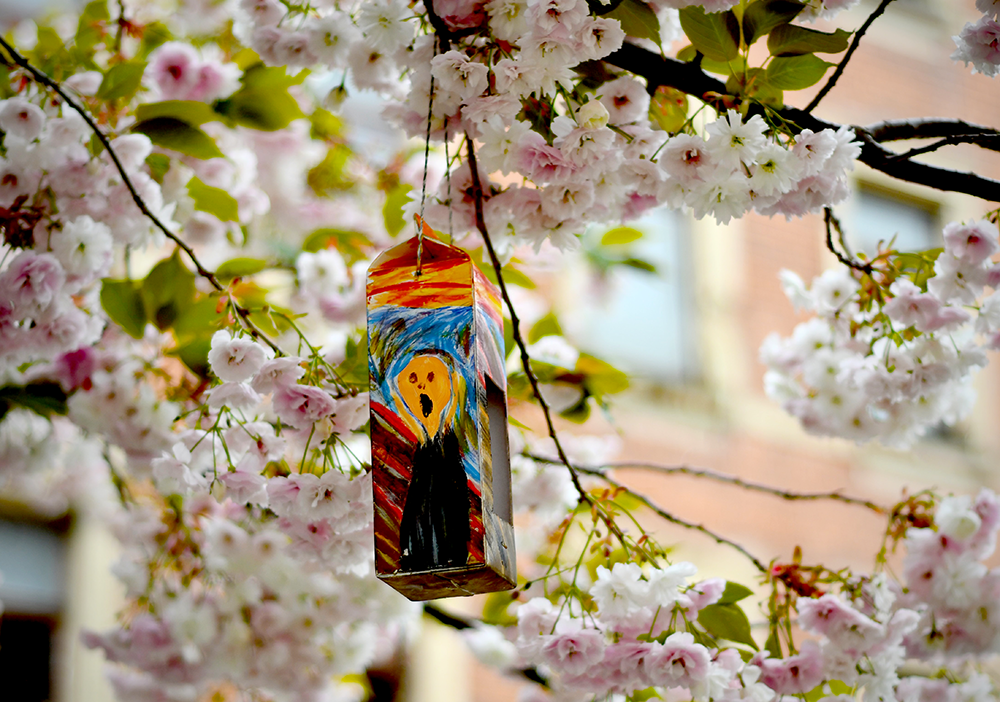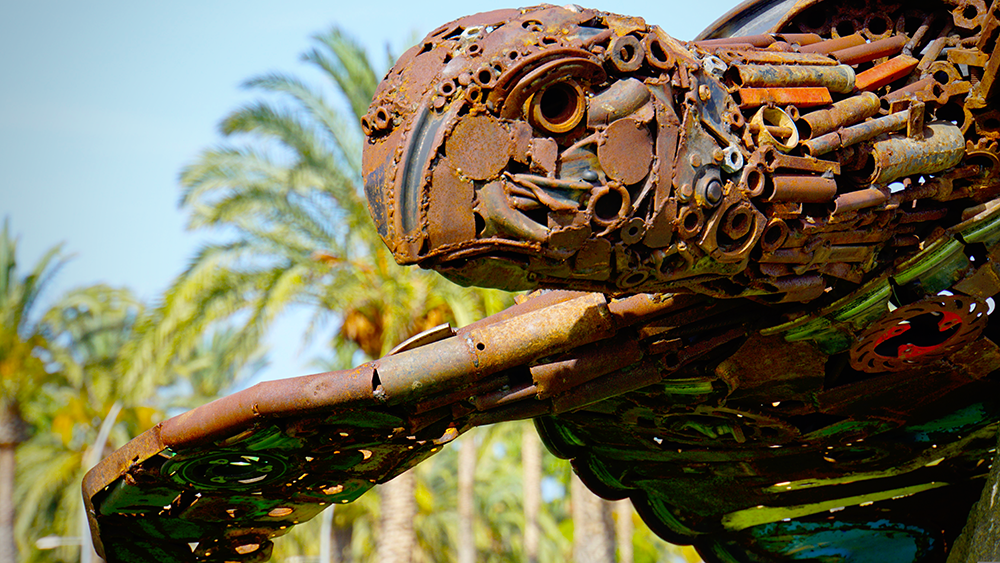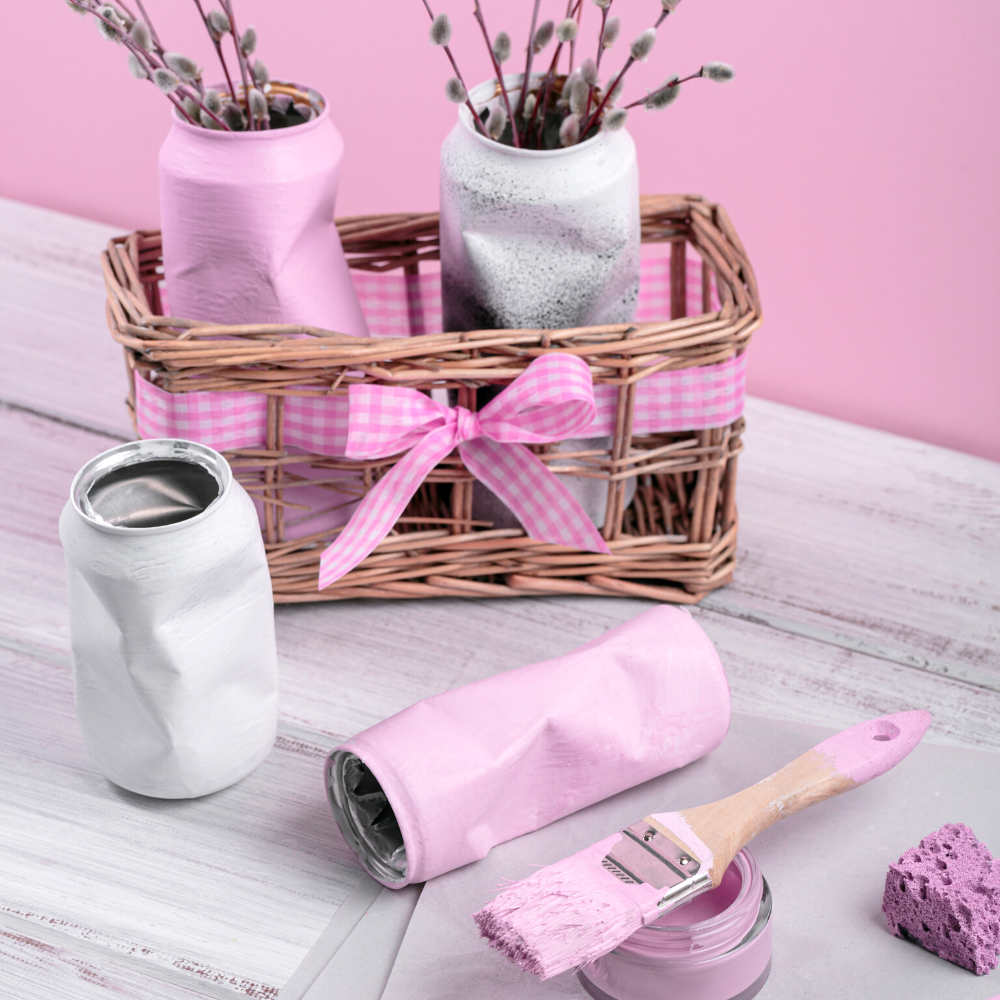Are you tired of throwing away old household items and feel like there must be a better way to repurpose them?
Or do you love the idea of turning trash into treasure, but get confused about the difference between upcycling and repurposing?
Either way, the world of upcycling and repurposing is calling your name!
Well, fellow creators, buckle up because we're diving deep into the world of transforming everyday objects into works of art.
Whether you're a seasoned crafter or just starting out on your creative journey, this blog post is for you! We'll break down the definitions and differences between upcycling and repurposing, provide some fun examples, and give helpful tips for incorporating these techniques into your own projects.
So, grab your crafting supplies and get ready for some creative inspiration!
Get ready to awaken your inner artist and turn trash to treasure!
Key Takeaways:
- Upcycling transforms waste into a product of higher quality or value, while repurposing gives a new use to an item without altering its form.
- Recycling often involves breaking down items into raw materials, which is different from both upcycling and repurposing.
- Both upcycling and repurposing contribute to environmental sustainability by reducing the need for new materials and saving energy.
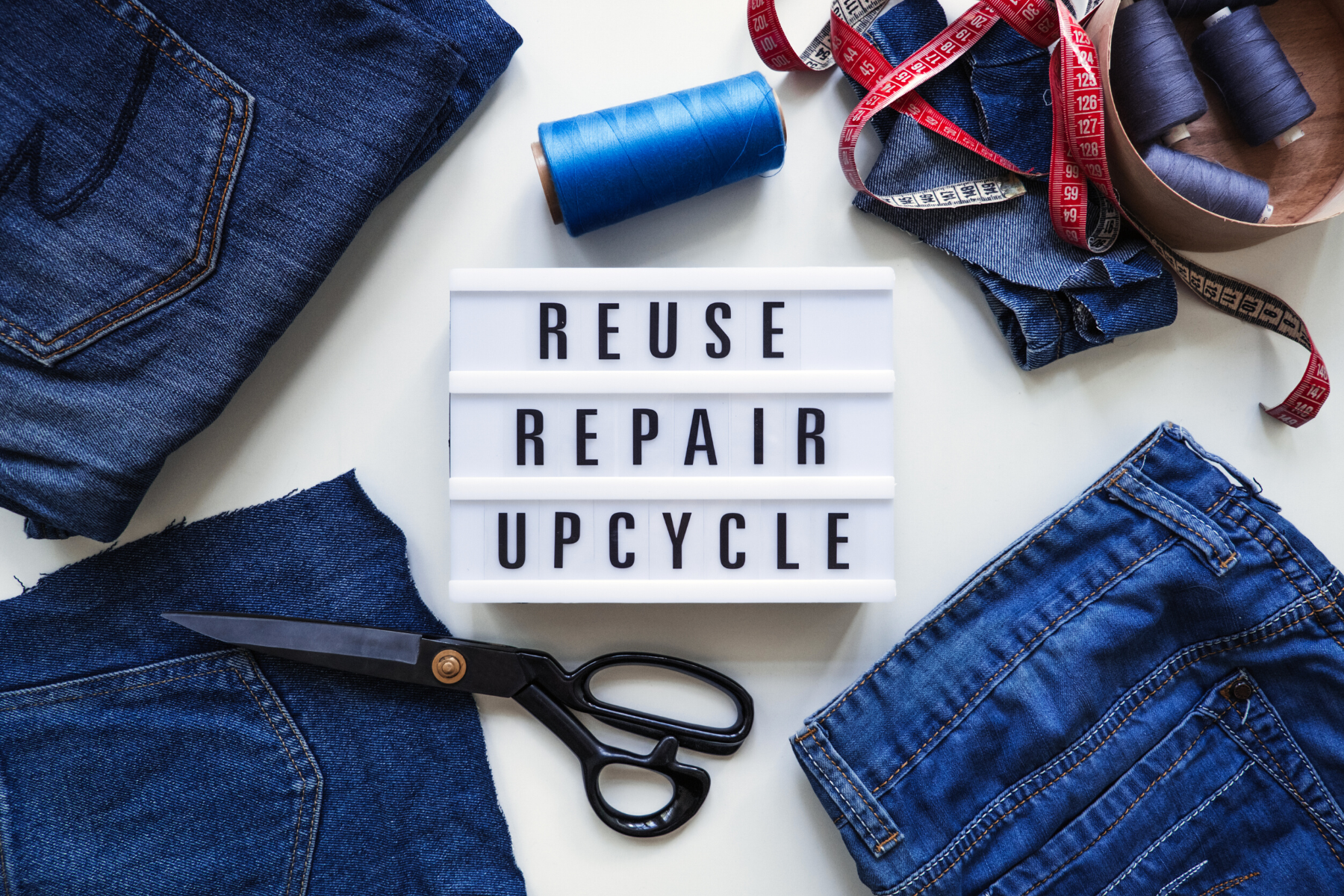
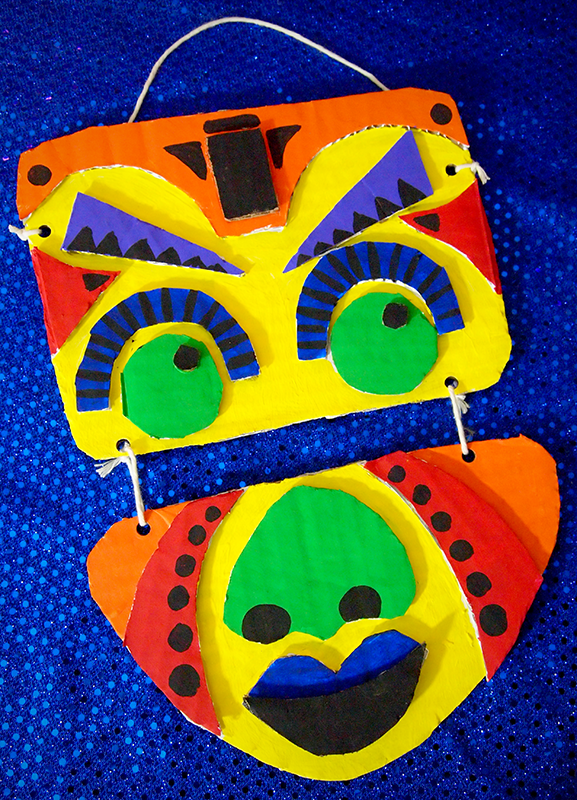
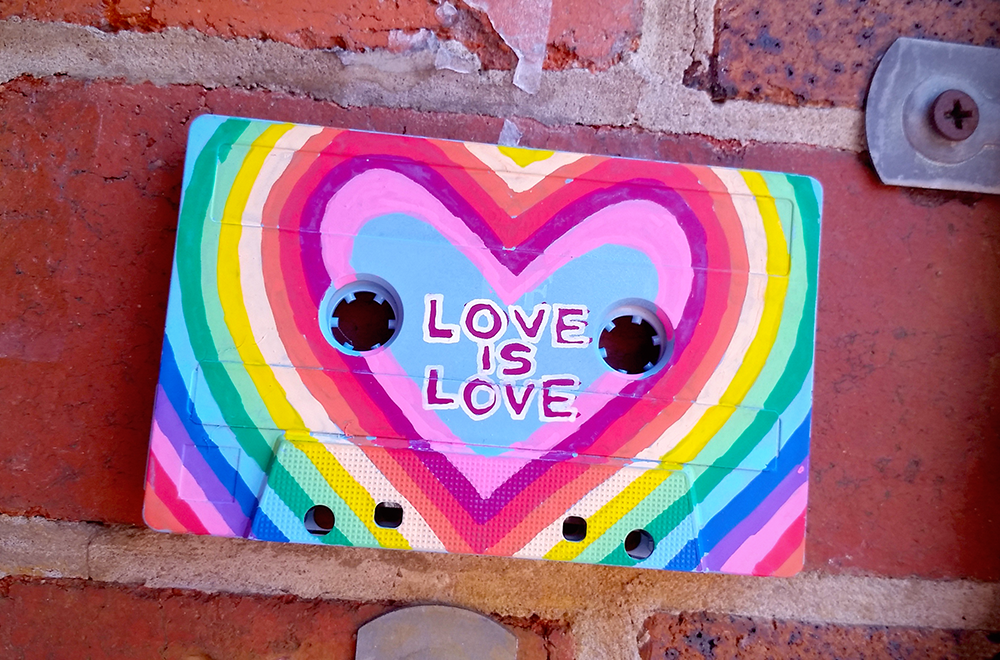
The Essence of Upcycling and Repurposing
If you've ever been to a thrift store or a garage sale, then you know that there are a ton of items that have the potential to be something else entirely.
When it comes to giving old items a new lease on life, two terms often come to the forefront: upcycling and repurposing.
While they may seem similar, there's a distinct difference between the two.
Upcycling means taking discarded materials and enhancing them to create a product of higher quality or value than the original.
On the other hand, repurposing involves taking an item and using it for a new purpose without significantly altering its original form.
Both techniques involve using creativity and resourcefulness to transform an item into something new, but they have different approaches.
To get a better understanding of upcycling and repurposing, let's look at some examples.
- Upcycling:
- Turning old t-shirts into a quilt or rug
- Repainting a used bookshelf and using it as a TV stand
- Repurposing:
- Using an old ladder as a bookshelf
- Turning an empty wine bottle into a vase or candle holder
Upcycling: A Creative Transformation
Upcycling is an energy efficient method that breathes new life into old things.
It's about taking items that would otherwise end up in a landfill and converting waste materials into new products with better environmental value.
For example, upcycling ideas often include turning old t-shirts into quilts or transforming dresser drawers into chic shelving units.
Upcycling means not just reusing but enhancing, creating something that is of higher quality or value than the original.
Repurposing: A New Role for Old Items
Repurposing, unlike upcycling, does not necessarily involve a creative process that changes the original form of an item.
It's about finding a new use for something without significantly altering its structure.
An example of repurposing would be to reuse glass jars as planters or to use old shoes as garden containers.
The key is that the original product remains largely intact, but its function has been changed to serve a new purpose.
The Recycling Process: A Different Approach
Recycling focuses on breaking down products into their raw materials, which can then be used to create new materials.
This process often requires a significant amount of energy and may involve a chemical change.
For instance, recycling glass bottles means melting them down to create new glass products.
Unlike recycling, upcycling and repurposing do not break down materials but instead find new ways to use them.


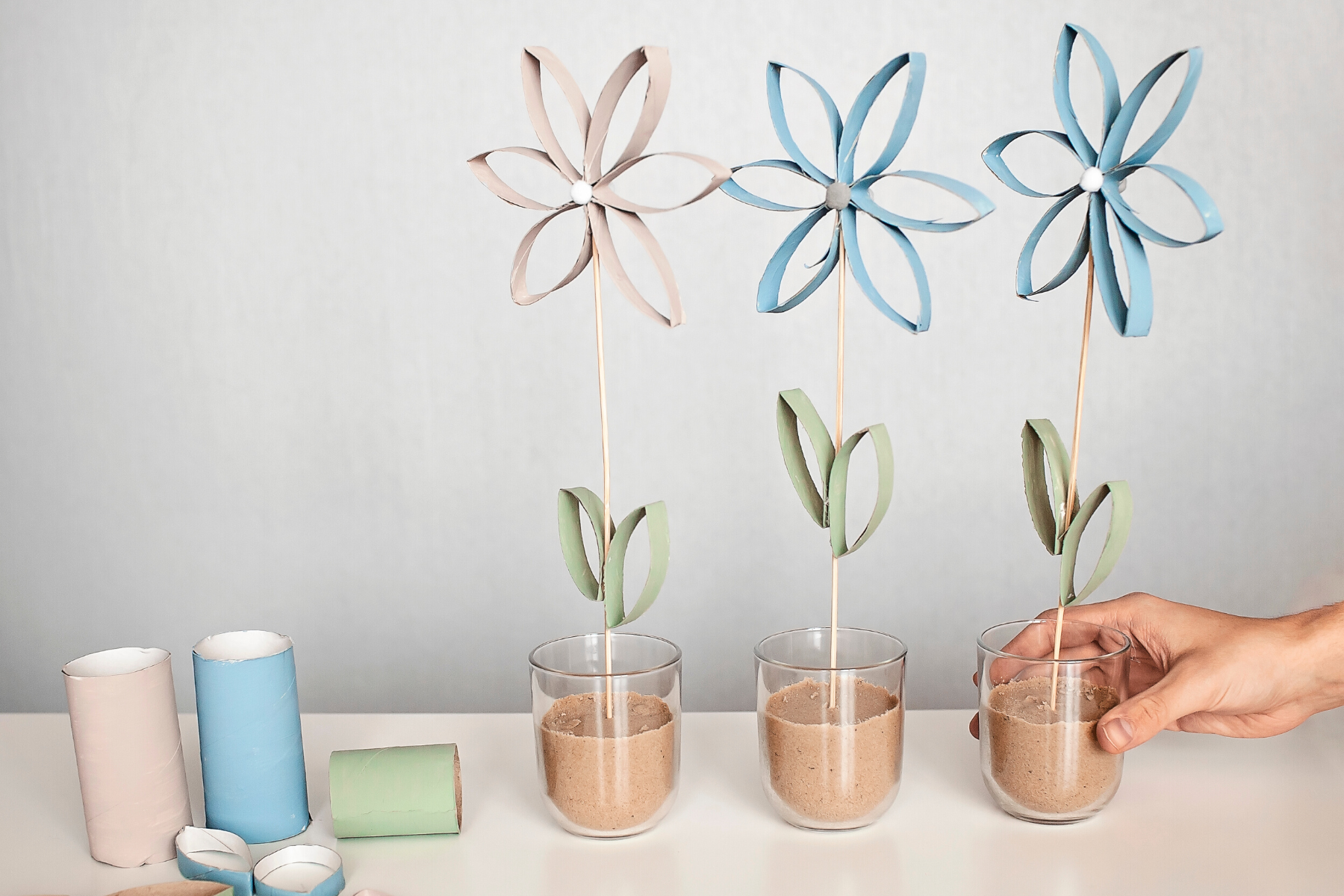
Economic Benefits of Upcycling & Repurposing
Upcycling and repurposing are not just environmentally friendly practices; they also offer significant economic advantages.
By transforming waste material into new products, individuals and businesses can reduce the need for raw material acquisition, which often involves costly extraction and manufacturing processes.
Upcycling, in particular, adds value to discarded items by creatively enhancing them, which can lead to the development of unique, high-quality products that may command a higher price in the market.
This approach not only saves money on materials but also taps into the growing consumer demand for sustainable and eco-friendly products.
On a larger scale, repurposing can stimulate local economies by creating jobs and fostering small businesses.
Entrepreneurs who specialize in recycling items into functional products contribute to a circular economy where materials are kept in use for as long as possible.
For example, a simple old t-shirt can be repurposed into a trendy tote bag, avoiding the cost of producing the same product from new materials.
This not only saves resources but also provides a platform for innovation and entrepreneurship, demonstrating that re-use can be economically viable as well as ecologically responsible.
The Role of Recycled Materials
Recycled material serves as the cornerstone for both upcycling and repurposing projects.
By utilizing materials that have already served their initial purpose, individuals and businesses can give new life to items that might otherwise end up in landfills.
For instance, glass bottles can be transformed into decorative vases, and old wood can be crafted into new furniture pieces.
This not only reduces waste but also conserves the energy and resources that would be required to produce new materials.
In the realm of upcycling, recycled material is often enhanced to create a product of higher quality or value than the original.
For example, a t-shirt that has seen better days can be deconstructed and woven into a stylish rug or a chic handbag.
This process not only extends the life of the t-shirt but also elevates it into a unique and desirable product.
The key is to re-imagine the potential of old items, transforming them into something both functional and aesthetically pleasing.
Innovative Ways to Re-use Old Items
Re-use is a concept that is gaining momentum as sustainability becomes a priority for consumers and companies alike.
Creative re-use of old items can be seen in various aspects of daily life, from home décor to office supplies.
An old ladder, for instance, can be repurposed into a rustic bookshelf, while empty jars can be used to organize office supplies or serve as planters for small herbs.
These simple yet effective ideas not only save money but also encourage a more thoughtful consumption pattern.
In the fashion industry, re-use is particularly impactful.
Designers are increasingly turning to old item re-use as a means to reduce textile waste.
A pair of jeans can be transformed into a trendy denim jacket, or old t-shirts can be cut and braided into durable tote bags.
These practices not only prevent clothing from ending up in the trash but also offer consumers unique, eco-friendly options.
By re-using materials, the fashion world is slowly shifting towards a more circular economy, where the lifecycle of products is extended and waste is minimized.
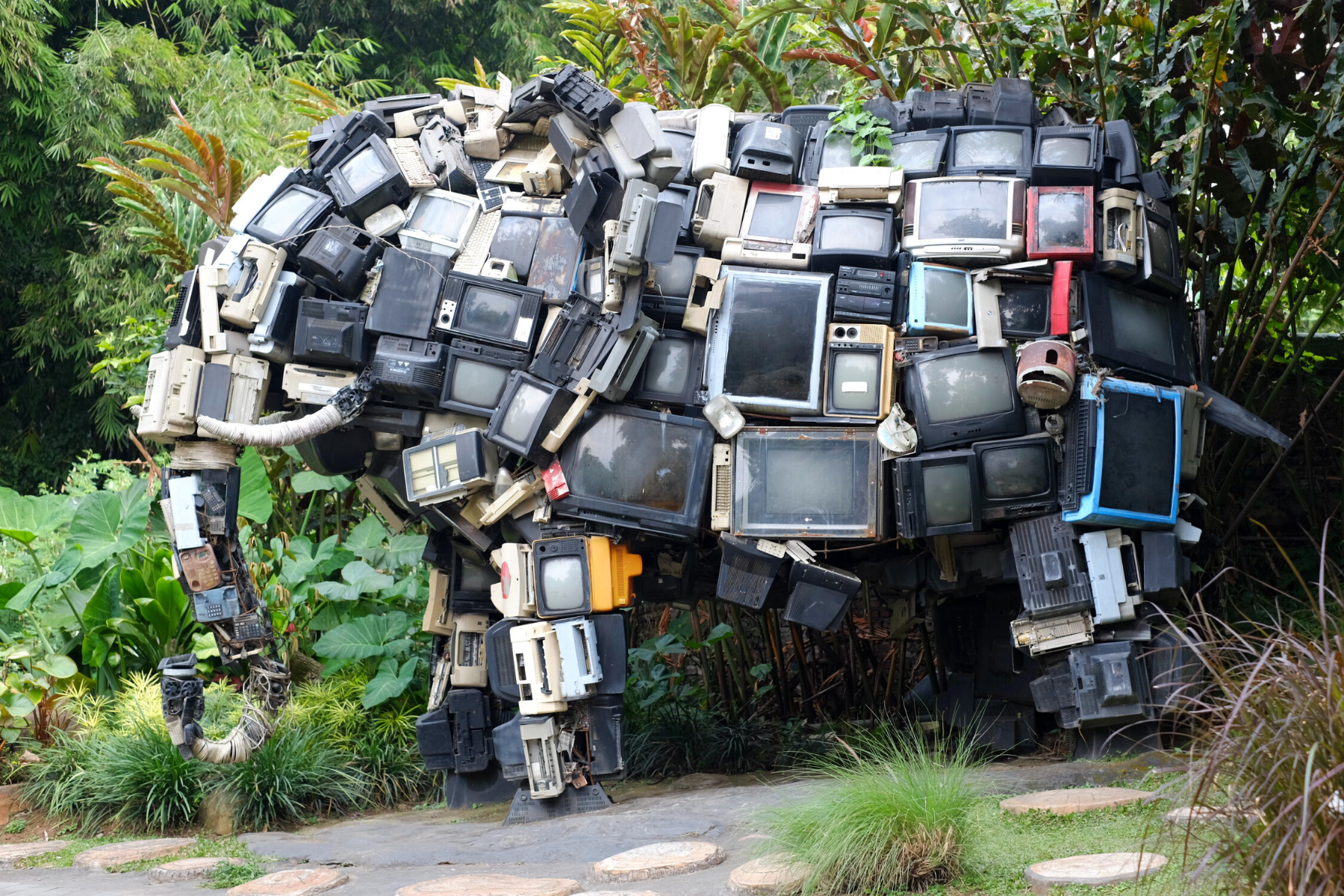

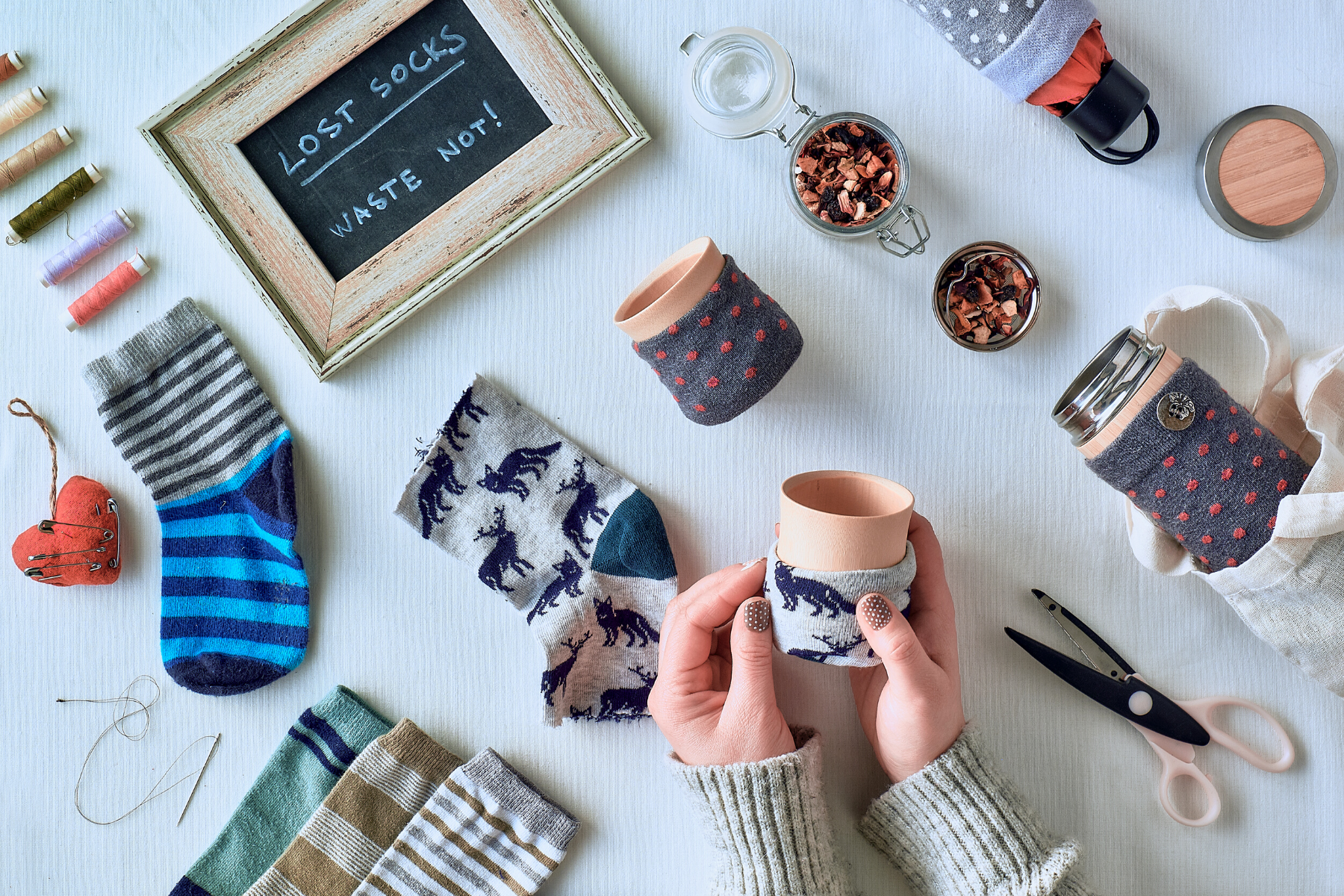
Upcycling and Repurposing in Art and Design
The realms of art and design have embraced upcycling and repurposing with open arms, recognizing the potential of these practices to inspire creativity and innovation.
Artists and designers often seek out recycled materials to give a second life to what would otherwise be considered trash.
By doing so, they challenge the traditional notion of what constitutes raw material, turning recycling items into a form of artistic expression.
Up cycling in this context becomes a statement against the throwaway culture, showcasing how old items can be transformed into aesthetically pleasing and functional art pieces.
Moreover, repurposing in art and design often involves reimagining the same purpose of an object to serve a completely different function.
For instance, designers have been known to repurpose old industrial parts into chic furniture or turn discarded glass bottles into elegant lighting fixtures.
These practices not only prevent the throwing things away but also create a new product with a unique story and character.
As a complete guide to sustainable living continues to gain traction, the integration of upcycling and repurposing in art and design serves as a powerful example of how creativity can lead to more sustainable consumption patterns.
Upcycling & Repurposing: Environmental Impact
Both upcycling and repurposing are eco-friendly practices that help to conserve natural resources and protect ecosystems.
By converting waste materials into upcycled art or finding a new purpose for old items, we reduce the energy required to create new materials.
This not only saves money but also has a positive impact on the environment by minimizing the amount of trash that ends up in landfills.
Moreover, upcycling and repurposing can also reduce greenhouse gas emissions, as they often require less energy than producing new materials.
While both practices have a positive impact on the environment, they differ in their approach.
Upcycling is about enhancing discarded items to create something of higher quality or value, while repurposing focuses on finding a new use for old items without significantly altering their original form.
Both methods divert waste from landfills and contribute to environmental sustainability in their unique ways.
Upcycling in the Fashion Industry
The fashion industry is a prime example of where upcycling has made significant strides.
Designers are turning discarded materials like plastic bottles or old clothing into new furniture or fashion pieces with better quality.
This not only gives a new life to materials that would otherwise be waste but also creates a higher quality product that can be sold at a premium.
Repurposing Household Items
Household items are commonly repurposed to save money and reduce waste.
Tin cans can become pencil holders, and old t-shirts can be cut into rags for cleaning.
These simple acts of repurposing can have a cumulative effect on reducing the amount of waste we produce and the energy required to manage it.

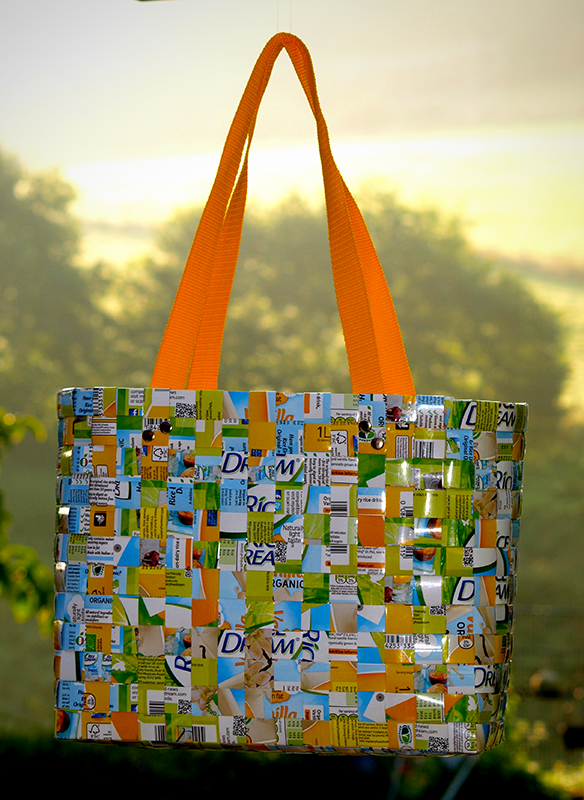
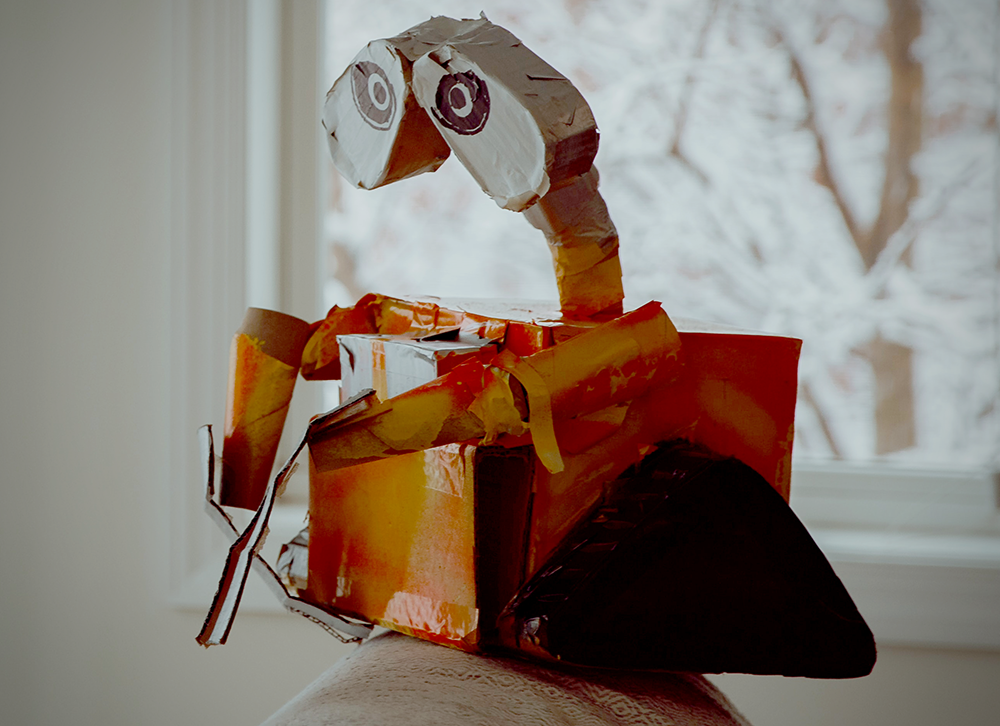
Benefits of Upcycling and Repurposing
Upcycling and repurposing offer many benefits beyond just environmental value.
They can also lead to unique and personalized items that have a story and character.
Upcycled products often have a better quality because of the care put into creating them, and repurposed items can add a creative touch to any space.
Moreover, both practices can save money in the long run by reducing the need for new materials and opening up opportunities for entrepreneurship and innovation.
As individuals and businesses continue to prioritize sustainability, the practice of upcycling and repurposing will only grow in popularity.
By transforming old items into new, we not only reduce waste but also contribute to a more circular economy where resources are valued and utilized to their fullest extent.
Upcycling and Repurposing in Action
To illustrate the concepts, let's consider practical examples.
Upcycling might involve taking an old dresser and adding new upholstery to create a stylish sofa.
Repurposing could be as simple as using an empty paper towel roll to organize cables and cords.
Both practices give items a second chance and prevent them from becoming trash.
This not only keeps materials out of landfills but also showcases how creativity and resourcefulness can lead to beautiful and functional products.
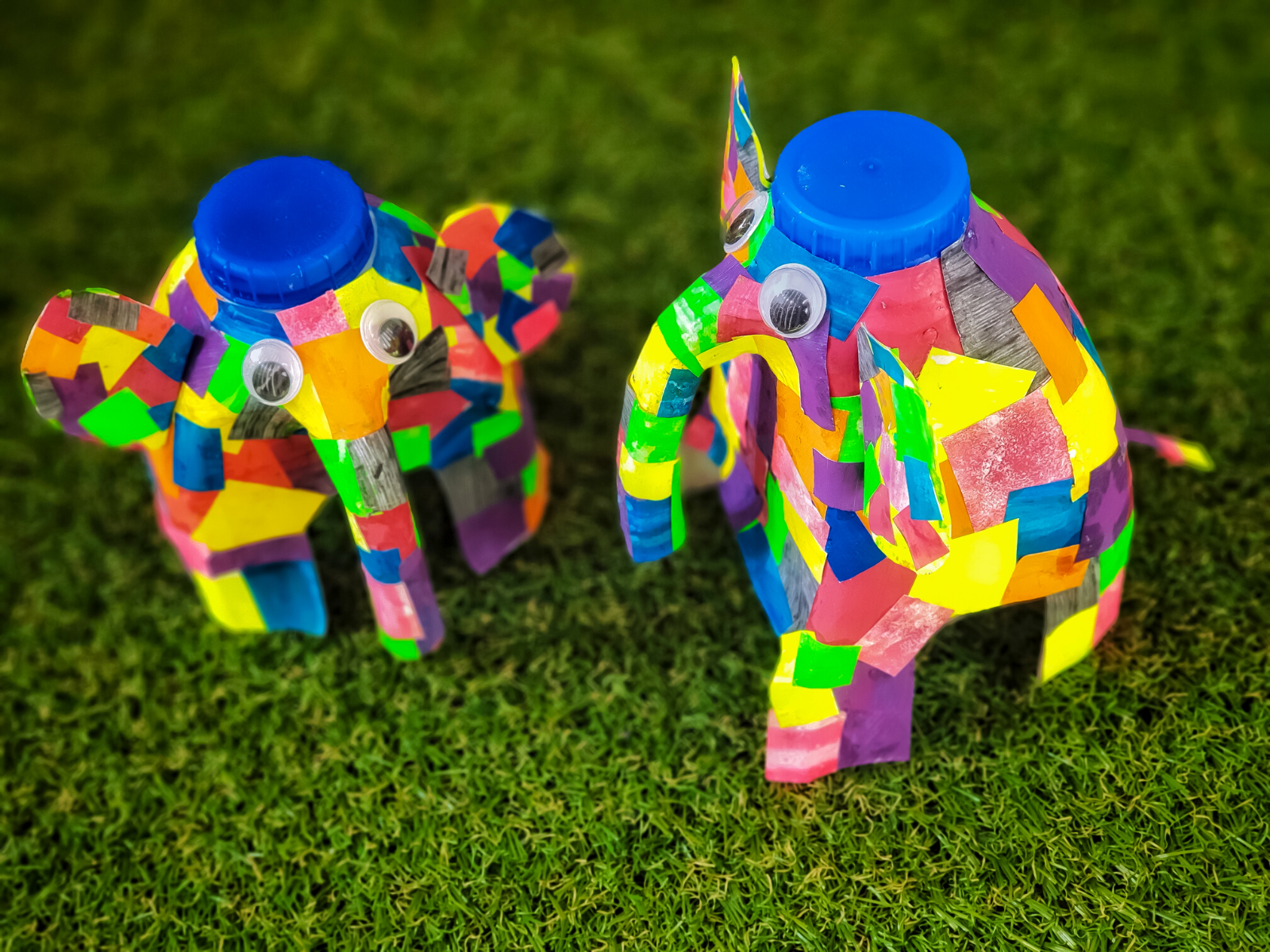
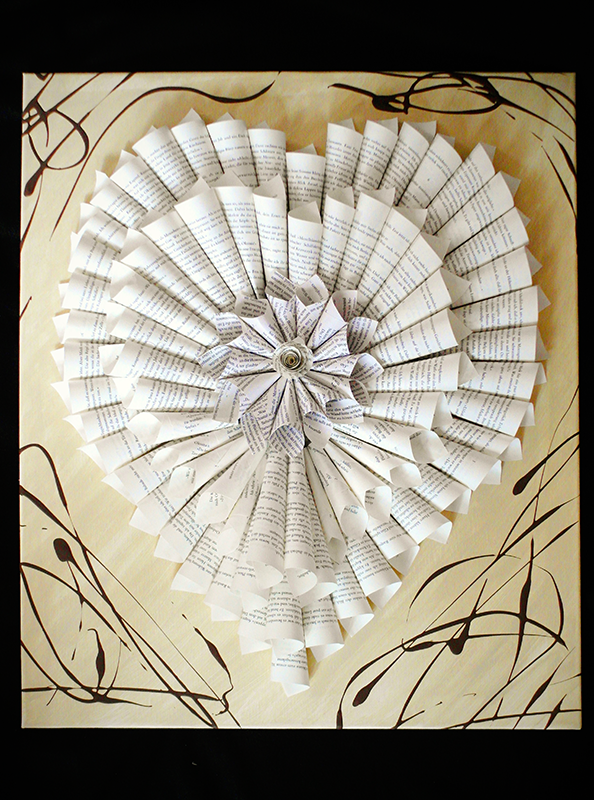
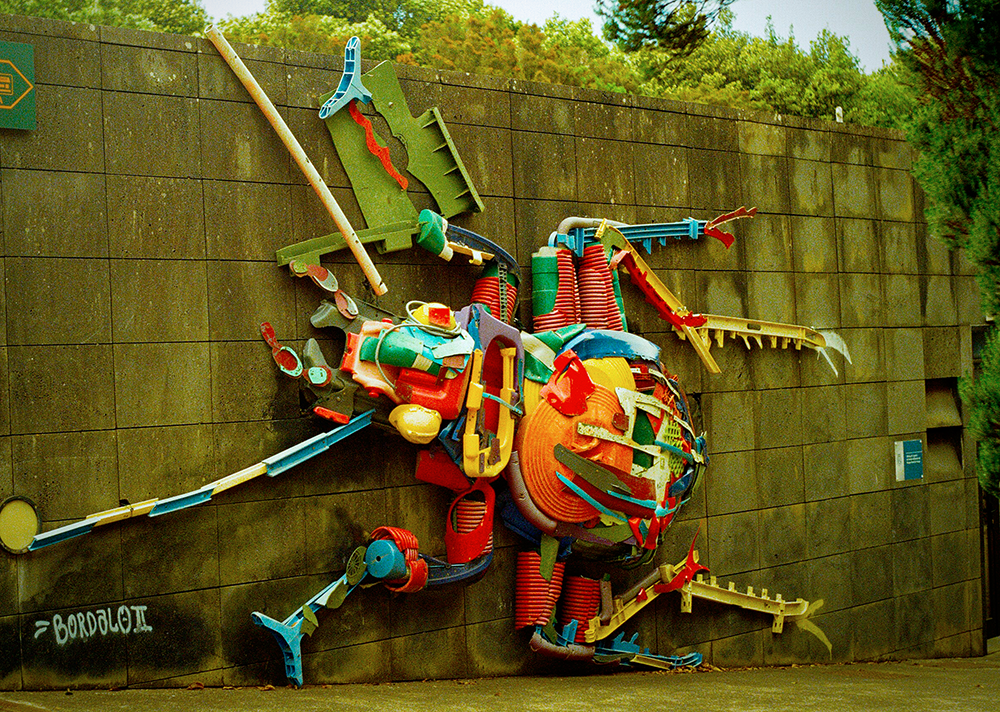
The Power of Transforming Waste
Upcycling and repurposing offer an alternative to the traditional consumption pattern, one that is more sustainable, creative, and resourceful.
By transforming waste into something new, we create value where it did not previously exist.
These practices not only have environmental benefits but also contribute to a circular economy and personal satisfaction from creating something unique and meaningful.
Understanding what is the difference between upcycled and repurposed is crucial for anyone looking to make more environmentally conscious decisions.
Upcycling transforms waste into something of higher quality or value, while repurposing assigns a new function to an item without changing its form.
Both practices play a vital role in reducing waste, saving energy, and protecting our natural resources.
By embracing upcycling and repurposing, we can create new products, save money, and contribute to a healthier planet.
So, the next time you come across an old item, consider how it could be upcycled or repurposed instead of simply being thrown away.
With a little imagination and creativity, you can give new life and purpose to old things, making a positive impact on the environment and your wallet.
Go ahead, start exploring the endless possibilities of upcycling and repurposing today, and show the world all the amazing things you can do!
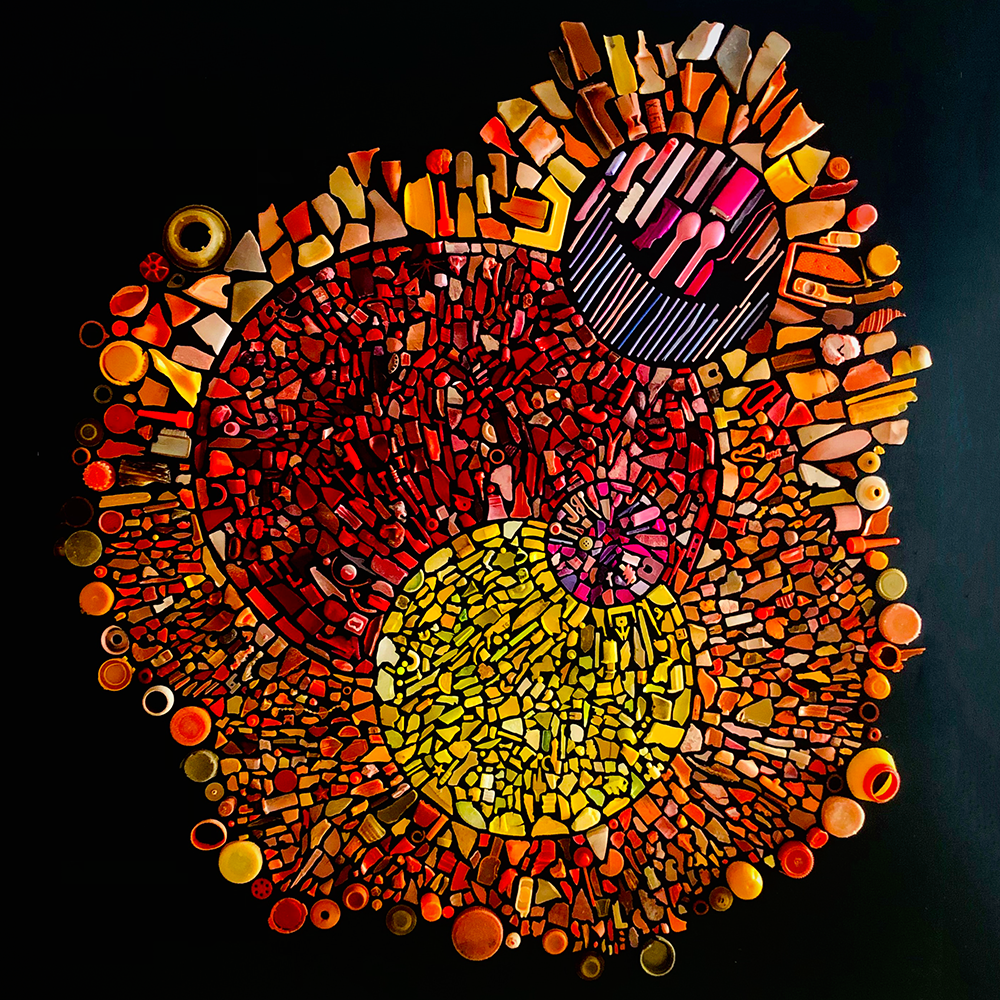


Eager to start repurposing and upcycling? Check out Frugal Creative Living's video!
Want even more content about creativity and art?
Be sure to check out all of our creative chronicles!
Ready to dive into the world of upcycling and recycled art?
Check out some of our other articles:
